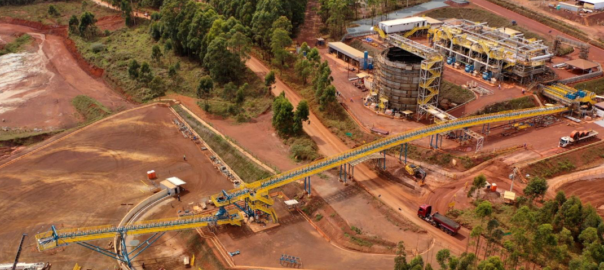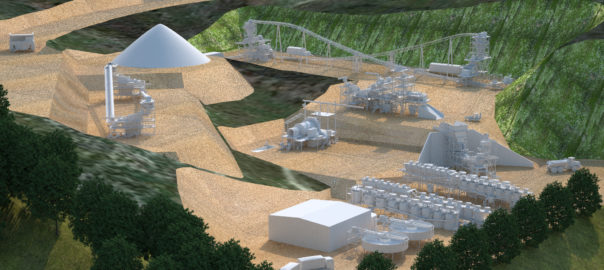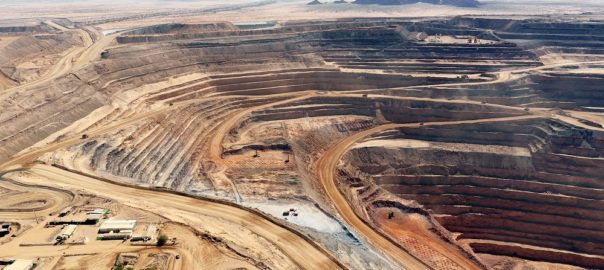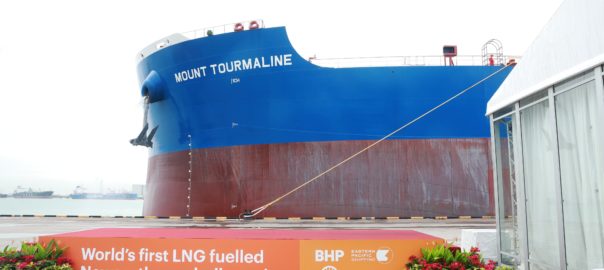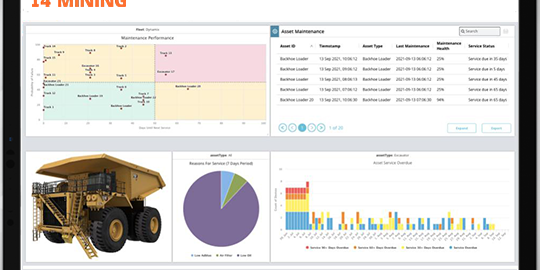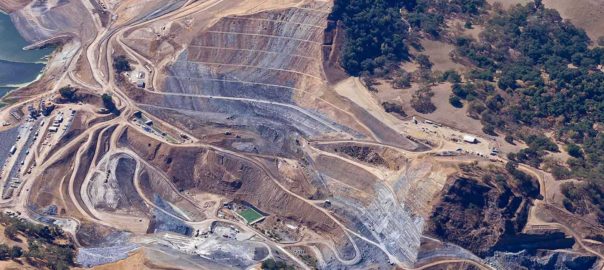Vale says it is launching Vale Ventures, its corporate venture capital initiative, to support pioneering start-ups around the world and create new business opportunities and innovative technologies to incorporate into its own operations.
The $100 million fund has been setup to acquire minority stakes in start-ups focused on four themes:
- Decarbonisation in the mining value chain – Invest in technologies that will help Vale and its customers reduce carbon emissions, supporting its goal to become carbon neutral by 2050;
- Zero-waste mining – Reduce waste and the environmental impact of mining while supporting the circular economy and generating new revenue streams;
- Energy transition metals – Accelerate the supply of essential metals to power the energy transition and foster emerging demand drivers; and
- The future of mining – Invest in disruptive technologies that will change how miners operate.
Viktor Moszkowicz, Head of Vale Ventures, says: “We will collaborate with forward-thinking start-ups bringing big ideas and bold thinking to these monumental challenges. By creating a portfolio of disruptive solutions, we can generate financial and strategic return, and bring new business opportunities, insights and knowledge to our company, customers and society.”
The company added: “Vale Ventures reinforces Vale’s larger commitment to innovation, which is key to improve life and transform the future together with society.”







